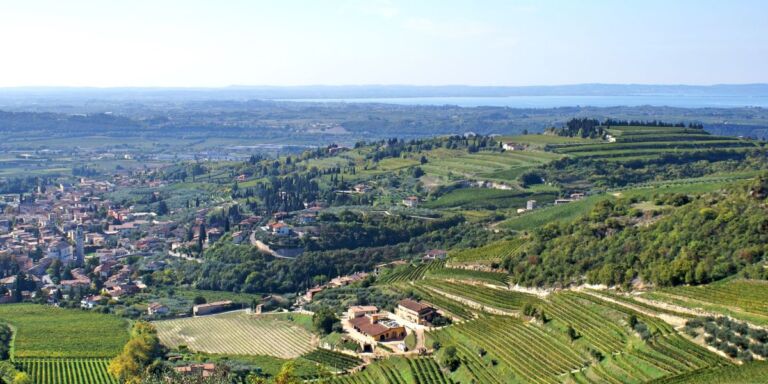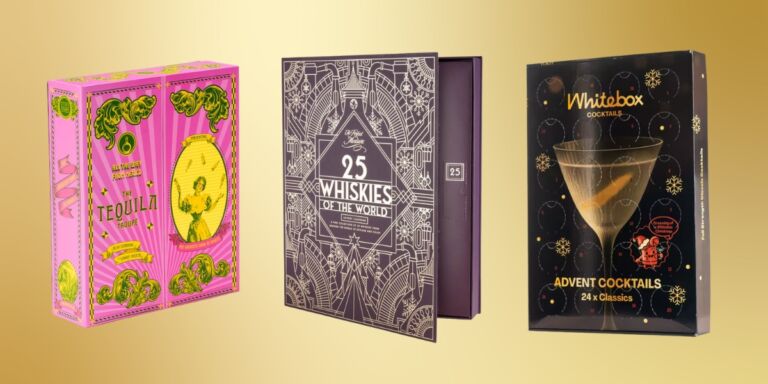When writing an opinion piece, I like to go in with a clear idea of what my opinion actually is. This issue’s focus on South America made a column on Cabernet Franc feel very apt. Yet Cabernet Franc is, to me, a sphinx of a grape. We all have varieties we openly worship or despise – and some that leave us cold despite the adulation of our peers – but my feelings towards Cabernet Franc fit none of these buckets. Given its decline in its homeland and light footprint elsewhere, I’m probably not alone in my ambivalence.
However, that ambivalence is hardly dislike. It happens less frequently than I’d like, but a truly great Cabernet Franc will set my soul shuddering as few red wines can from outside Italy, my spiritual wine homeland. Perhaps it’s Franc’s Italianate qualities that entice me – the aromas and textures charged with primal energy. That greenish edge, that hot steel and charcoal searing the senses, then mollifying them with wafts of dewy redcurrants and fragrant woods. Franc-based wines typically have less tannin than Cabernet Sauvignons or most Italian reds, but what tannins there are have the pleasing Sangiovese-like rasp of linen bedsheets, with acidity blowing through them like a cooling zephyr.
What tannins there are have the pleasing Sangiovese-like rasp of linen bedsheets, with acidity blowing through them like a cooling zephyr
Meanwhile, the handful of Franc-focused fine wines that have cropped up across Europe, from Bolgheri to Villány, have cultish followings – to say nothing of Cheval Blanc and the often Franc-heavy Angélus. Pronouncements of Franc’s rising star in major non-European wine regions roll around annually. Cabernet Franc is on the verge of glory in… Napa, Hawke’s Bay, the whole Cape, Chile’s Valle Central and, most notably in recent years, Mendoza.
What gives me pause, though, is the inconsistency of style and quality across even some of Cabernet Franc’s most ambitiously made wines, particularly outside France. As I hope is clear, I’m not someone who cannot abide pyrazine greenness or – within reason – even a whisper of clove from Brett. Without any herbaceous notes, some would-be great Cabernet Francs could be just about anything ripe, dark and expensive. Then there are wines made in the image of Franc’s greatest hits but without, I would argue, enough consideration for their own site characteristics. These caricatures proffered by ostensible fellow Francophiles retain the green (bordering mean) but without any flesh, drinking like bottled Padrón peppers. I want to love them for their aspirations, but I resent them all the more for missing the mark.
What is so exciting about this new wave of Argentinian Cabernet Francs is their more holistic grasp of what constitutes the greatness of this grape’s best wines
Is it fair to judge a grape based on its worst offerings? For all the ink spilled about the wretchedness of indifferent Pinot Noir or Merlot, at least they are usually fruity, reasonably enjoyable beverages. The fact that Cabernet Franc seems to be the last refuge for greenness in fine wine (perhaps because the relatively few truly iconic Cabernet Franc-dominant wines tend to exhibit at least some leafiness, or once did) has seemingly opened the floodgates for winemaking that forgets that herbal or vegetal notes are a garnish, not a centrepiece.
What is so exciting about this new wave of Argentinian Cabernet Francs is their more holistic grasp of what constitutes the greatness of this grape’s best wines. Cabernet Franc is not simply Cabernet Sauvignon with less tannin and some greenish perfume; it is a wine of a completely different shape – an even, oblong frame of sinewy, crisp-edged tannins with airy spaciousness through the middle. Cabernet Sauvignon is instead typically broad on both entrance and exit, with a lean, compact centre that craves some plumping Merlot.

The underlying shape of great Cabernet Franc is one that can be assumed even by wines of less hallowed status. This is perhaps why I’ve found the estate-level wines from top Argentinian Cabernet Franc producers like Bodega Aleanna and Catena Zapata remarkably faithful to what the grape can achieve. Also, since few Argentinians suffer from fruit-phobia, these bottles tend to boast the same fruit concentration we expect from fine wines, if not the same complexity.
This ability to exhibit fineness at a more modest price point is sadly not shared by all wines from historically prestigious Cabernet Franc regions, some of which seem to be riding the coat-tails of the best estates. These are the wines that frustrate me most of all, promising at least the blithe affability that traditional Cabernet Franc nails when not aspiring for more, they instead deliver the miserliness of a supermarket tomato. Rather than authentic products of a cool climate, they feel like wistful gestures at a bygone ‘typicity’. Still, fortunately for those charmed by their tantalising riddles, the best estates’ Francs remain transfixing. The wine world’s sphinx, though treacherous, holds the keys to the kingdom for those willing to engage deeply.









